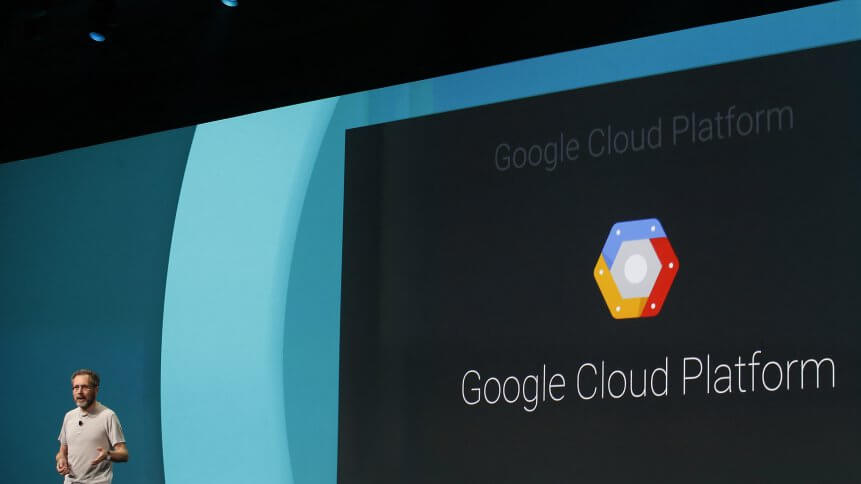Public cloud vs. private cloud: What’s right for your organization?

- Public cloud vs. private cloud – two fundamental methods to deploy Infrastructure-as-a-Service, or IaaS
- Examples of public clouds include such hyperscale cloud solutions as Amazon Web Services, Microsoft Azure, and Google Cloud Platform.
- In the case of the private cloud, providers use either their own infrastructure or the customer’s data center to deploy the customer’s systems.
The term cloud computing can be a broad umbrella spanning a range of classifications, types, and architecture models. This networked computing model has transformed how we work — if you’re reading this, you are most likely already using the cloud. But cloud isn’t one easily definable thing — cloud computing can be broadly categorized into a few general types comprising public cloud, private, hybrid (a combination of public and private), and even multi-cloud. But which to adopt for your organization when it comes to public cloud vs. private cloud, that can be a multi-layered proposition.
To briefly explain, public cloud is cloud computing that’s delivered via the internet and shared across organizations. On the other hand, private cloud is cloud architecture that is dedicated solely to your organization – whereas hybrid cloud is any environment that uses both public and private clouds. In this article, we will look into the public cloud vs. private cloud debate, as well as how organizations can implement them the right way.
According to the International Data Corporation (IDC) Worldwide Quarterly Cloud IT Infrastructure Tracker, spending on public cloud IT infrastructure increased 13.1% year-on-year (YoY) in the third quarter of 2020 (3Q20), reaching US$13.3 billion. Meanwhile, spending on private cloud infrastructure increased 0.6% YoY in the same period to US$5.0 billion with on-premises private clouds accounting for 63.2% of this amount.
What is cloud computing?
To put it simply, cloud computing is storing or accessing programs, apps, and data via the internet—instead of directly on your computer hard drive. The most popular examples of cloud computing are Software as a Service (SaaS), Platform as a Service (PaaS) and Infrastructure as a Service (IaaS) — most of which an organization can choose to set up in a public or private cloud environment. Cloud computing is giving rise to more ‘as-a-service’ offerings including AI as a service (AIaaS), Desktop as a service (DaaS), IT as a service (ITaaS) and Ransomware as a service (RaaS).
What is public cloud and when to use?
Public cloud services are provided by a third-party vendor and offer highly elastic resources and a vast variety of cloud technology. Public cloud offerings require no capital investment and offer flexible pricing options with different service level agreements (SLAs). The benefit is that IT teams are freed from procuring, installing and managing on-premises equipment, and the flexibility of public cloud solutions enables organizations to be more agile and to accelerate innovation.
The computing functionality may range from common services — email, apps, storage — to the enterprise-grade OS platform or infrastructure environments used for software development and testing. The cloud vendor is responsible for developing, managing, and maintaining the pool of computing resources shared between multiple tenants from across the network.
Public cloud is most suitable for these types of environments: predictable computing needs, such as communication services for a specific number of users, apps, and services necessary to perform IT and business operations. It is also suitable for additional resource requirements to address varying peak demands as well as software development and test environments.
What about private cloud?
The private cloud refers to any cloud solution dedicated for use by a single organization, and do not share cloud computing resources with any other organization. The data center resources may be located on-premise or operated by a third-party vendor off-site. The computing resources are isolated and delivered via a secure private network, and not shared with other customers.
The upside is that private cloud is customizable to meet the unique business and security needs of the organization. With greater visibility and control into the infrastructure, organizations can operate compliance-sensitive IT workloads without compromising on the security and performance previously only achieved with dedicated on-premise data centers.
The private cloud is best suited for: highly regulated industries and government agencies; sensitive data management and storage; companies that require strong control and security over their IT workloads and the underlying infrastructure; large enterprises that require advanced data center technologies to operate efficiently and cost-effectively; and organizations that can afford to invest in high performance, advanced technologies.
Public cloud vs. private cloud, still a shared responsibility
Whatever said and done, it is important to know that no matter which cloud environment an organization works in, the problems don’t go away. Though a company is purchasing services from third-party vendors, they still have to do their due diligence to reduce risk. Known as a shared model of cloud responsibility, though vendors operate the IT infrastructure and control things like flexibility and agility, the client organization maintains responsibility for who has access to what; cloud security and encryption; and perhaps most critically, disaster recovery planning.










